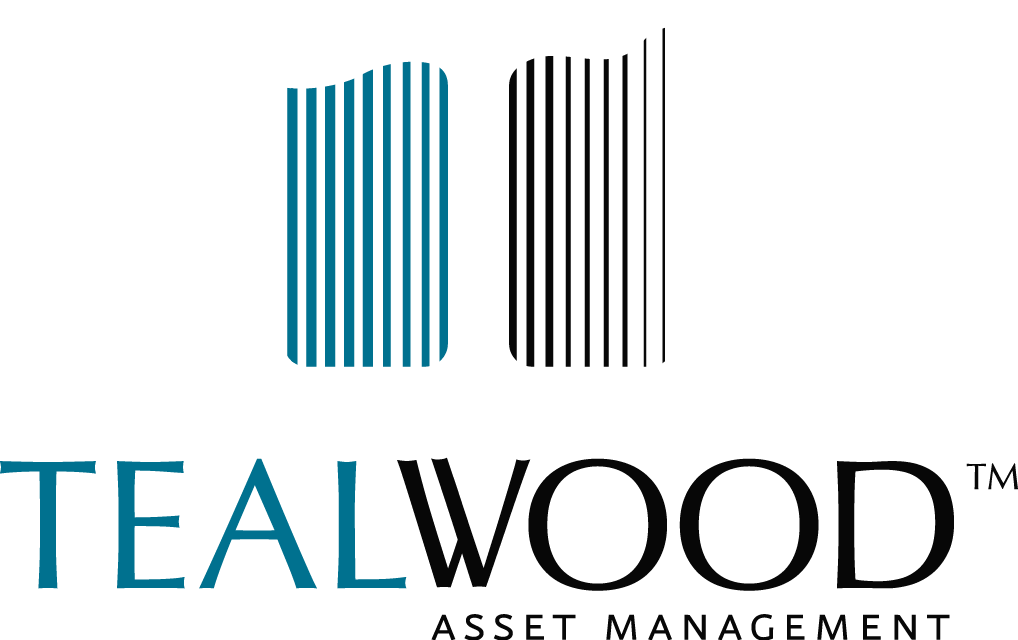Before Warren Buffet—arguably the most successful investor of our time—there was his teacher and mentor, Benjamin Graham. Graham’s 1934 book, Security Analysis, contains fundamentals that make sense, have since been corroborated, and one can get behind. This article’s title, What Has Worked in Investing, is credited to a 1992 Tweedy, Browne Company paper describing over 50 studies providing empirical evidence that investors have been well-served by Graham’s investment principles over time. These evidence-based principles are encapsulated within the scope of disciplined security selection.
Disciplined Security Selection
In line with Graham’s fundamentals, consider focusing on value and quality when making investment decisions.
Value: Buying at a Discounted Price. Analysis must first determine the company’s “intrinsic value” – what the company really is worth. Determining this intrinsic value requires consideration of several valuation measures beyond book value. For example, price-to-cash flow and price-to-earnings, which includes understanding earnings growth potential. Conducting independent research is exemplified as being important to successful evaluation.
High Quality Businesses. Identifying quality requires filtering for specific criteria, such as exceptional profitability, clean balance sheets, free cash flow, etc. That said, Graham states that quantitative analysis is “necessary, though by no means sufficient.” Qualitative analysis is also a factor (e.g., management expertise, strength of research and development, positioning in the marketplace, etc.).
High Dividend-Yield Stocks, Smaller Market Capitalizations. Graham speaks to these characteristics as also playing a role in security selection, although not necessarily in tandem. Typically, over long periods, stocks with either of these characteristics outperformed their counterparts.
Summary
See yourself as a strategic business investor, not a tactical stock trader. Investing for value and quality can contribute to managing risk and providing constructive returns over time. An approach that starts with asking, “What is the business worth?” will find opportunities for investing in high quality companies at discounted prices. In addition to upside potential, Graham points out that this discipline adds a welcome “margin of safety” for your investments, helping to protect the downside as well.

